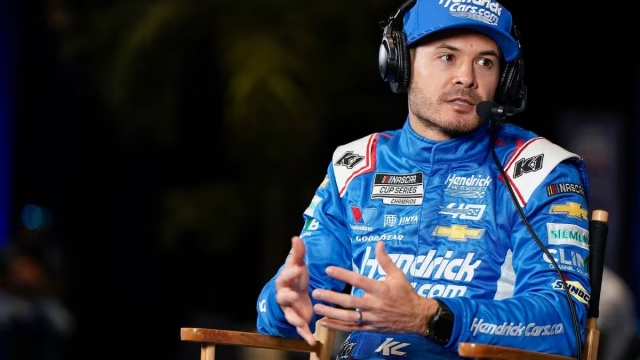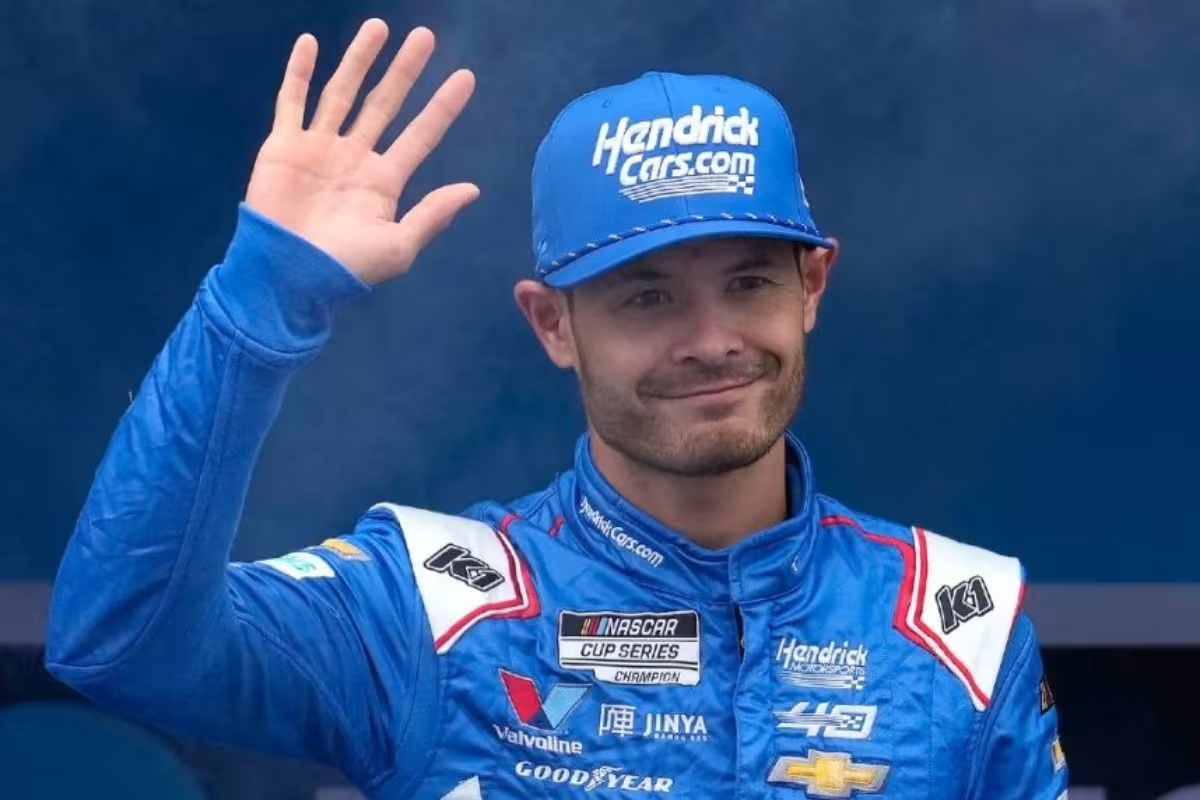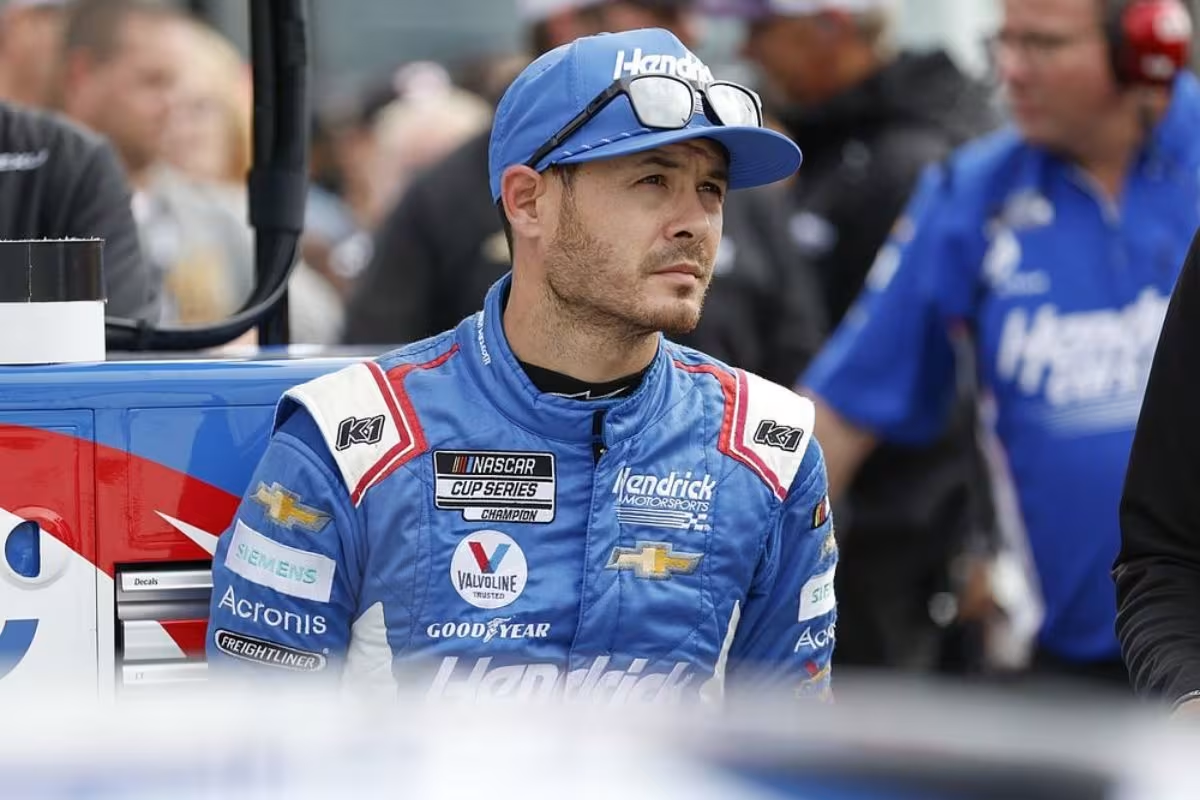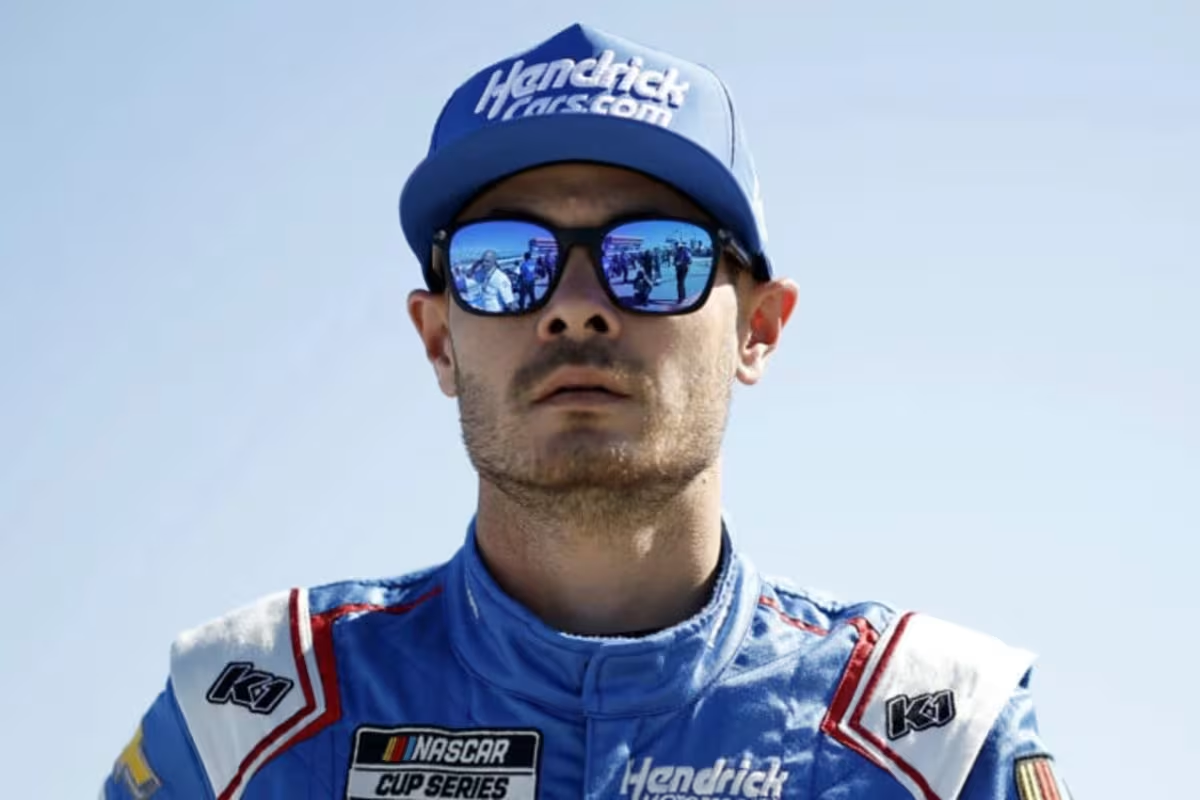Kyle Larson’s Call for Action on Short Tracks: Kyle Larson‘s call for action highlights essential issues plaguing short track racing in NASCAR. He advocates for improvements to the Next Gen car, emphasizing the need for changes in aerodynamics and tire management to revitalize competition. Recent races, like Bristol, displayed the diminishing excitement and predictability of events, sparking discussions on necessary modifications. Alongside voices like Dale Earnhardt Jr., there is a growing consensus on the significance of short tracks for NASCAR’s heritage and fan engagement.
Key Highlights
- Kyle Larson advocates for proactive improvements to the Next Gen car to enhance short track racing competitiveness and excitement.
- Economic concerns from team owners hinder necessary modifications, requiring collaborative dialogue for effective solutions.
- Tire management plays a crucial role in racing dynamics, influencing strategy and overall race excitement.
- Dale Earnhardt Jr. emphasizes urgent reforms for short tracks to maintain fan interest and attendance amid a shift toward road courses.
- Revitalizing short track racing is essential for preserving NASCAR’s heritage and ensuring long-term fan engagement and attendance.
Kyle Larson’s Take on the Next Gen Car
Kyle Larson has emerged as a vocal advocate for improvements to NASCAR’s Next Gen car, particularly in the context of short track racing. His insights follow a growing consensus among drivers who feel that the current iteration of the car, introduced in 2022, has not matched the competitive spirit and excitement that characterized its predecessor, the Gen 6 car.
Larson’s critique highlights a fundamental concern: the Next Gen car has yet to deliver the same level of racing product, especially at short tracks, where close quarters and driver skill are vital.
In his analysis, Larson points to specific areas where NASCAR has been actively seeking to refine the vehicle’s performance, including adjustments to aerodynamics and tire specifications. While these incremental adjustments are significant, they often seem reactive rather than proactive, suggesting that a thorough reevaluation of the car’s design may be necessary.
Larson’s advocacy emphasizes the importance of not only addressing immediate performance issues but also fostering an environment where drivers can provide continuous feedback that informs long-term developments.
Moreover, Larson’s position reflects a broader challenge within NASCAR: balancing technological innovation with the essence of traditional short track racing.
As the series continues to evolve, the dialogue surrounding the Next Gen car serves as a vital touchstone for understanding how NASCAR can improve competition while preserving the core values that attract fans and drivers similarly.
Bristol Race Highlights
Amid the backdrop of ongoing discussions about the Next Gen car’s performance, the Bristol race earlier this year stood out as a thrilling display of short track racing at its finest. The event highlighted both the challenges and the potential of the Next Gen car in a racing environment, enchanting fans and analysts similarly with its unfolding drama.
Key highlights of the race included:
- Tire Management Crisis: The race unfolded under a tire management crisis that added complexity to the drivers’ strategies, leading to a dynamic battle for position that kept fans on the edge of their seats.
- Dominance of Kyle Larson: Larson’s remarkable control not only emphasized his skill but also highlighted the car’s current strengths, raising questions about competitive parity in the series.
- Implications for Short Track Racing: The contrasting outcomes of this race and prior events sparked insightful discussions regarding the necessary adjustments to the Next Gen car, highlighting the need for improved performance on short tracks.
As conversations around potential improvements continue, the Bristol race stands as an essential reference point in the ongoing evolution of NASCAR’s approach to short track racing.
Larson’s Comments on Potential Changes
The ongoing discourse surrounding potential changes to the Next Gen car has garnered significant attention, particularly following Kyle Larson‘s frank remarks on the subject during a recent appearance on DJD Reloaded.
Larson articulated a layered perspective on the challenges of implementing modifications to the car’s design, emphasizing the hesitancy of team owners to accept such changes due to financial implications.
He stated, “I think it’s easy for us to sit here and say, ‘Well, the tires might not be the biggest thing that’s going to change the racing,’ so we need to start changing stuff on the cars.” This remark highlights a fundamental tension within the sport: while many drivers and fans call for adjustments that could improve competition, the economic realities of car ownership loom large.
“I don’t know because, well for one, I’m not a car owner so I don’t deal with … I think it’s easy for us to sit here and say, ‘Well the tires might not be the biggest thing that’s going to change the racing so we need to start changing stuff on the cars, taking aero away, hiding aero or doing this or doing that.’ I think that the team owners don’t want to change the cars because it’s going to cost them a lot of money so I don’t know I think it’s just a tricky situation right now.”- Larson
The potential for increased costs associated with modifications could dissuade team owners from pursuing necessary innovations, creating a paradox that stifles progress.
Larson’s insights illuminate the complexities of decision-making within NASCAR, where the balance between competitive improvement and financial sustainability remains fragile.
The driver’s reluctance to assert a definitive solution reflects the intricacies of this issue, suggesting that any meaningful change would require a collaborative dialogue among all stakeholders.
Tire Management and Racing Excitement
A subtle understanding of tire management is essential for improving racing excitement, particularly in the context of short tracks, where the dynamics of competition can shift dramatically based on tire performance.
Kyle Larson emphasizes that while tire advancements may provide immediate benefits, they are not a remedy for the inherent unpredictability of racing.
“Sure, they can definitely come up with tires that can help, not every race is going to be a great a race. I think we just have to come to grips with that. And sure, we want every race to be super exciting but not every football game is exciting, whatever sport you’re going to watch, you’re going to have some blowouts every now and then, that’s just how it is sometimes, but I don’t know, it’s tough.” – Larson
To fully appreciate the role of tire management in creating thrilling races, consider the following aspects:
- Tire Wear Rate: The degradation of tires over the course of a race can lead to tactical decisions that heighten tension. Teams must balance speed with preservation, influencing overtaking opportunities and race outcomes.
- Variability in Grip: Different tire compounds can yield varied grip levels, introducing a layer of complexity. This variability can lead to exciting on-track battles as drivers adapt their styles to changing conditions, fostering unpredictable outcomes.
- Tactical Pitting: The timing and strategy behind pit stops can dramatically alter race trajectories. A well-timed tire change can propel a driver ahead of competitors, while a miscalculation can lead to notable setbacks, adding to the drama of the event.
While Larson acknowledges that not every race will be a nail-biter, the integration of effective tire management strategies could improve the overall spectacle.
Embracing this aspect could lead to a deeper appreciation of the sport, where every lap becomes a calculated risk, and every pit stop is a key moment in the quest for victory.
Dale Earnhardt Jr.’s Concerns
Expressing deep concern for the future of short track racing, Dale Earnhardt Jr. has highlighted the urgency with which NASCAR must address the challenges facing these iconic venues. Following a disappointing race at Bristol, Earnhardt articulated a grim outlook, suggesting that the time to rescue short tracks is swiftly running out. He noted that these venues, historically significant to NASCAR’s identity, have been overshadowed by the rise of road and street courses in the Next Gen era.
Earnhardt’s observations resonate deeply within the NASCAR community. He lamented the current state of short tracks, stating, “I do not see short track racing surviving this if they don’t find some solution.” His comments reflect a growing discontent among fans who once clamored for more short-track races, as evidenced by the trending social media discussions surrounding this topic.
“I do not see short track racing surviving this if they don’t find some solution. It’s not out of the question to think that, you know, in just a few years, the Martinsvilles and the Bristols are going to be really hanging on.” – jr
As NASCAR continues to evolve, Earnhardt’s call to action serves as a vital reminder that revitalizing short track racing is fundamental for preserving the sport’s heritage and future viability.
News in Brief: Kyle Larson’s Call for Action on Short Tracks
Kyle Larson’s advocacy for improvements on short tracks highlights critical concerns regarding the Next Gen car’s performance and its impact on racing excitement. By addressing tire management and incorporating feedback from industry veterans like Dale Earnhardt Jr., NASCAR has the opportunity to improve the competitiveness and entertainment value of short track events. The dialogue surrounding potential changes emphasizes the necessity for continuous evolution within the sport to maintain fan engagement and uphold the tradition of thrilling racing.
ALSO READ: Kyle Larson’s Past Mistakes Haunt Him as He Faces Rival Denny Hamlin?



